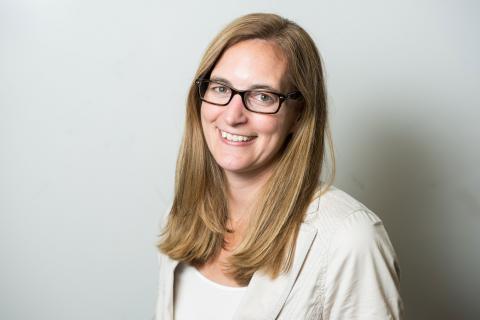Da Vinci Schools: A Visionary Breakthrough School that’s Still Ahead of Its Time
Topics
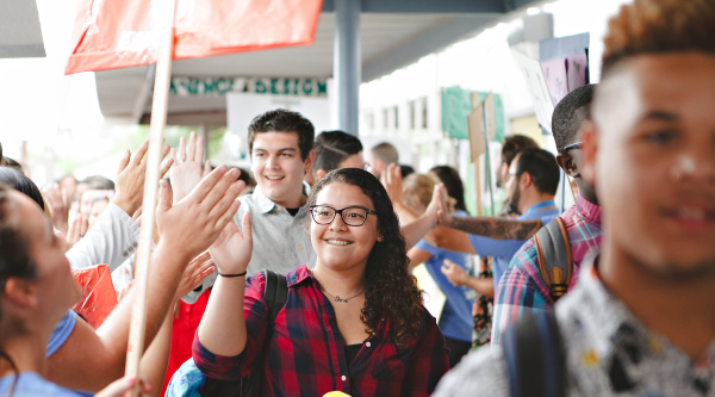
We’ve all had the experience of truly purposeful, authentic learning and know how valuable it is. Educators are taking the best of what we know about learning, student support, effective instruction, and interpersonal skill-building to completely reimagine schools so that students experience that kind of purposeful learning all day, every day.
10 Years of Next Gen Learning | 2012
Da Vinci Schools is helping to define the future of next generation learning, and project-based, real-world learning is even more important today than the school ever thought it might be.
When NGLC first set out to reimagine schools and learning for the 21st century, nearly a decade ago in 2012, we asked the field to tell us what it should look like. With the Breakthrough Schools grant challenge, we sought the most innovative designs for academic learning models and business/operations models for new school launches. Dozens of innovative educators rose to the challenge. NGLC funded 20 new schools in our first round of Breakthrough Schools grants in 2012, Da Vinci Schools among them.
The 2012 Education Landscape
Da Vinci Schools’ new school design was so compelling that it is still pushing the most innovative schools today to rethink their assumptions. But before we dive into what makes it so compelling, let’s remind ourselves what the world was like in 2012. At that time…
- College readiness and completion were key drivers of education reform.
- No Child Left Behind had become notably unpopular; testing fatigue had set in as many schools were labelled “Failing” by NCLB requirements, and the nation’s entire approach to accountability-driven reform was being questioned.
- At the same time, the Common Core State Standards were redefining proficiency across the U.S., and perhaps helped spark the more recent conversations about what knowledge, skills, and abilities we really wanted for our nation’s youth and what students really need for success in today’s world.
- New technologies were transforming other industries, but they were barely making a dent in K-12. Similarly, collecting and using learning data—while still a challenge to do well today—was complicated, inconsistent, and a lot of it was manual.
- We were all reeling from the Great Recession. It was a time when school districts’ funding was cut dramatically. Affordability was a driver of innovation and was as critical to serving school communities with quality as was pedagogy and the science of learning.
- Changes in the economy and the world of work were accelerating, but education wasn’t keeping up. NGLC later documented many of these accelerating shifts with the MyWays Project. At the time, though, we just had an informed but common sense understanding that the “factory model” of education was way past its prime.
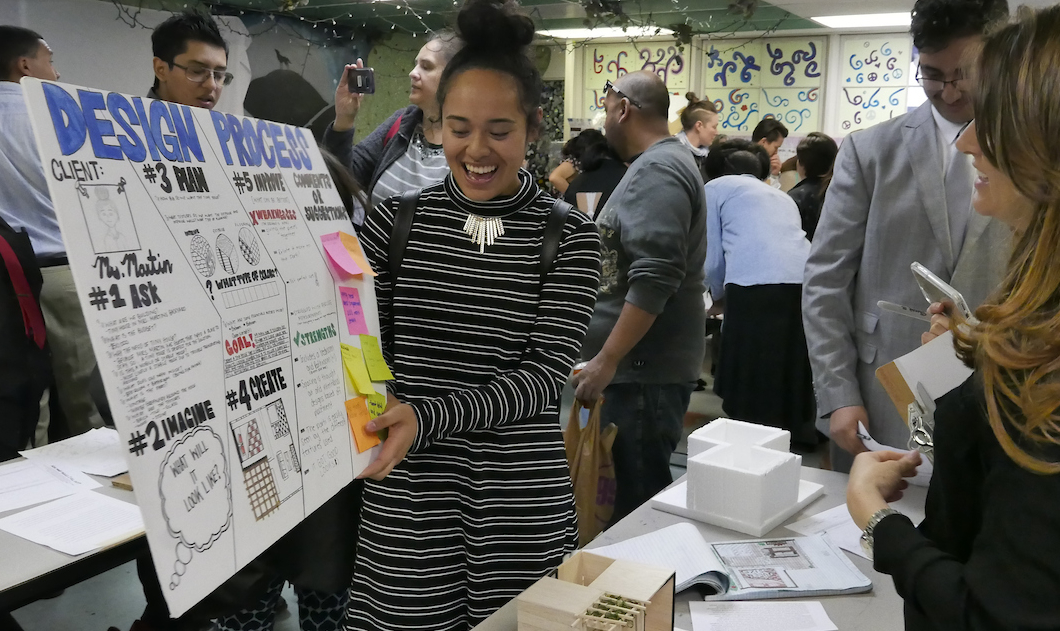
A Leader in Real-World, Project-Based Learning
Now back to Da Vinci Schools and their new school design, launched with Da Vinci Communications. Back in 2012, the founding team imagined a school that incorporated college, industry, online, and hands-on, real-world experiences. It was unprecedented.
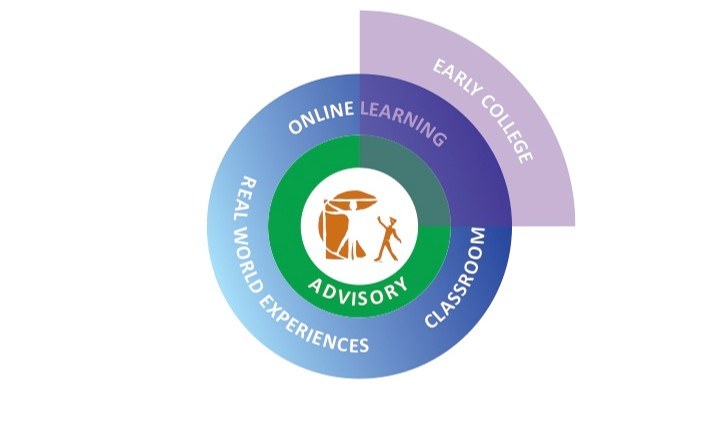
“We want to break the construct of high school as an isolated silo, and open school walls to incorporate college, industry, online, and other holistic experiences.”
“Da Vinci Communications was founded on using a project-based learning model, and I still believe this is the most beneficial way for our students to not only learn, but to grow as human beings in this ever changing world,” Da Vinci Communications faculty member David Wilson recently shared. Here’s why David sees project-based learning as even more important today than the school ever thought it might be:
There are so many possible pathways that a student can take after graduating from high school and the skill sets that are acquired from constantly taking in content and applying it to real-world problems is such a valuable asset to have. Our students become masters at communicating from the countless presentations, collaborating from the many group projects, critical thinking and problem solving from the interdisciplinary content projects, and adapting from the different styles in which students showcase their work. We really make such well-rounded, versatile, and driven individuals and I am certain that continuing down our path as a school will find our students successes in life.
The school’s innovative approach to hands-on project-based learning, connecting to industry, and bridging the gap between K-12 and college has been a guiding light for the NGLC community over the past 10 years. In this model, collaborative teams that may include school faculty, industry experts, college faculty, and students develop interdisciplinary, real-world projects that bring professional practice into the classroom.
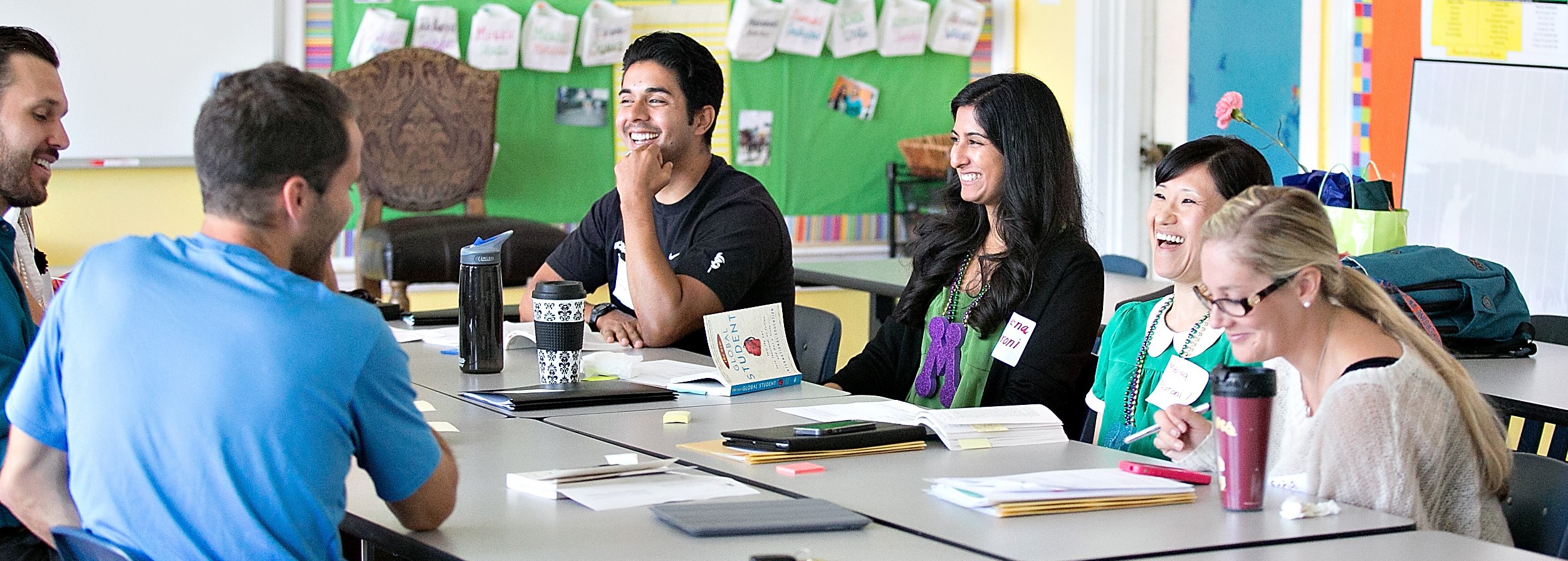
Knowing they couldn’t create this kind of school on their own, the team first focused on working toward a shared vision with all of their stakeholders and collaborators. “Our biggest design implementation lesson to date,” they reflected in their early days, “is learning how to communicate, manage, and fit together the visions of the different constituencies coming together to make our school a reality.”
With this dream for learning in mind, the model for Da Vinci Communications has helped shape student learning across all of its schools. Located in Hawthorne, California, today Da Vinci serves a racially and economically diverse student population of 2,500+ students in five public charter schools. The school network has gone on to…
- Develop over 100 industry partnerships to provide students with a meaningful real-world learning bridge between school and work.
- Launch Da Vinci Extension, a “13th year” free dual enrollment college and work experience program for Da Vinci students.
- Launch Da Vinci RISE High, a school designed specifically for youth navigating foster care, housing instability, probation, and other disruptive circumstances.
- Support other communities through educator professional learning with the Da Vinci Institute, and new school and learning design support through the Transforming Learning Conference.
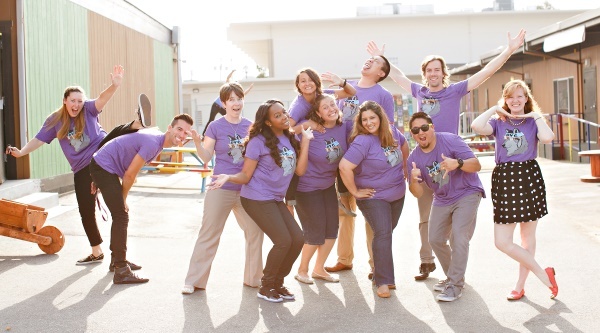
Defining the Future of Next Generation Learning
We have been learning from the Da Vinci team—and their students—ever since: real-world learning, hiring staff, educator agency, and professional learning by educators for educators.
It is indisputable that Da Vinci Schools has helped to redefine what ‘next generation learning’ means today. We can’t wait to see what we will learn together from another decade of innovation!
This article is part of NGLC’s 10 Years of Next Gen Learning celebration. In 10 days, we travel through time to reflect on 10 years of next gen learning innovation, building a network of school and district communities, and designing for equity. Follow #10YearsOfNextGen and register for our live panel webinar on Thursday, November 18, with Susan Patrick, Eric Tucker, Caroline Hill, and Nicole Allard, moderated by Tom Vander Ark. Join us!
All photos courtesy of Da Vinci Schools.

